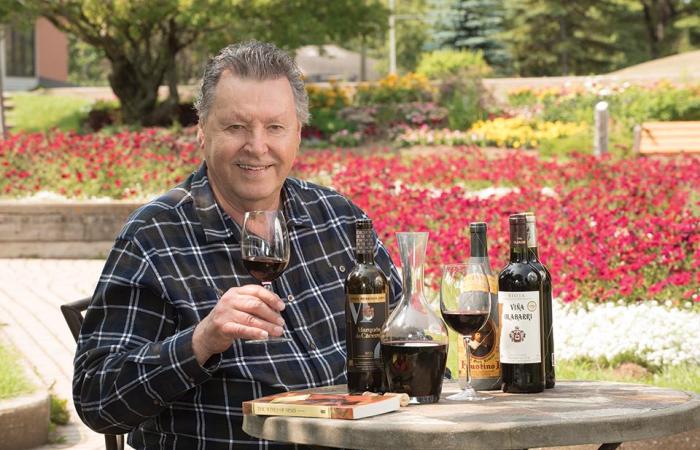We all know the dilemma: we want a fine wine for a special occasion, but need to stay within a reasonable budget. Seeking high-quality wine at an affordable price is a never-ending quest. Today, you will find that elusive balance most effectively realized in the Rioja region of northern Spain.
Spain is a Latin, Mediterranean country, with wine central to its diet, culture and heritage for centuries. During the Roman era, Spain produced and exported wine to all parts of the empire. Later, even under centuries of Moorish rule, wine production and consumption continued. But late in the 19th century, an explosion in both quantity and quality occurred, and that progress accelerated when Spain joined the EU. Today, Spanish wines rank in quality with the best in the world, while remaining one of the few real bargains in the international marketplace. And their finest come from Rioja, where their unique style is achieved by aging the wines in old oaken casks for many long years, delivering pale yet rich, vanilla-scented wines to delight both palate and pocketbook.
A little vocabulary of the Rioja wine label will help you assess the quality of what’s in the bottle. A bodega is a winery, cosecha identifies vintage year, and the three quality levels are crianza, reserva and gran reserva. The primary difference as you move through these quality levels is the amount of time the wines age both in cask and in bottle before sale; for a gran reserva this may total over seven years, so these wines will be older than their competitors on the LCBO shelf.
Rioja reds are based on a single grape variety, the Tempranillo, up to 100%; some may contain small amounts of other varieties to soften the austerity of the dominant Tempranillo. Most bodegas make their wine by blending grapes purchased from independent growers, but in recent years there has been a trend toward domain bottling; on the label the term finca identifies a single-estate wine, and viña a vineyard. All bodegas sort their grapes by quality, with the finest fruit destined to become gran reserva, while more ordinary grapes go into the crianza vats. Read these names carefully, for the wines, while sharing their essential character, vary widely in quality. The premium you will pay for the gran reserva is modest; crianza wines sell for $15 to $25, reservas for $20 to $40, and gran reservas start about $25 and go up and up from there. For this price, the quality is stunning. A crianza will have ripe fruit flavour, with mellowing from its oak aging and the characteristic scent of vanilla. A reserva will be much the same, but bigger, richer, smoother and more aromatic. A gran reserva will add layers of complexity in the nose, with an elegant austerity on the palate, and a fascinating long evolving finish. All are ready for drinking when purchased, but reservas and gran reservas may also age beautifully in your cellar for years. These are ideal food wines, pairing perfectly with all varieties of meat and poultry, particularly roast turkey and barbecued lamb.
Visiting Rioja is a delight. The people are friendly, the food is truly amazing and prices are reasonable. Adjust your expectations about time; restaurants don’t even open for dinner until after 9 p.m. In Haro or Logroño, the two main wine towns, join the late-night locals roaming the many tapas bars, enjoying just a single glass of wine and an appetizer in each one as you work your way along the street; I guarantee the experience of a lifetime.
Follow Paul Inksetter’s wine writing on his blog, www.winewicket.com
© Paul Inksetter 2017


